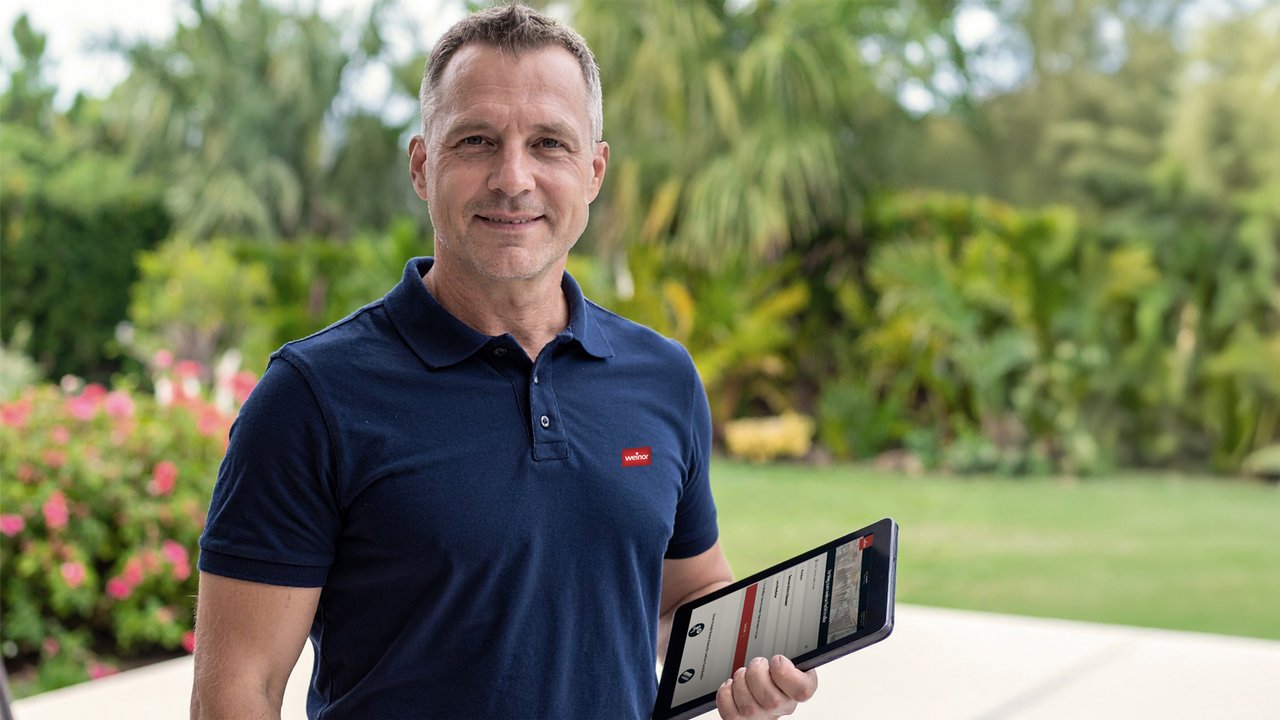Is attractive – remains attractive!
Quality and correct care of the weinor awning fabrics


Quality has tradition at weinor: all products have always been designed for a long operating life. Therefore, long-lasting use is also in the foreground for the fabrics. weinor uses state-of-the-art dyeing technology, high-quality equipment and top processing for high durability of the awning fabric. However, the users can also contribute to their fabric remaining attractive for a long time.
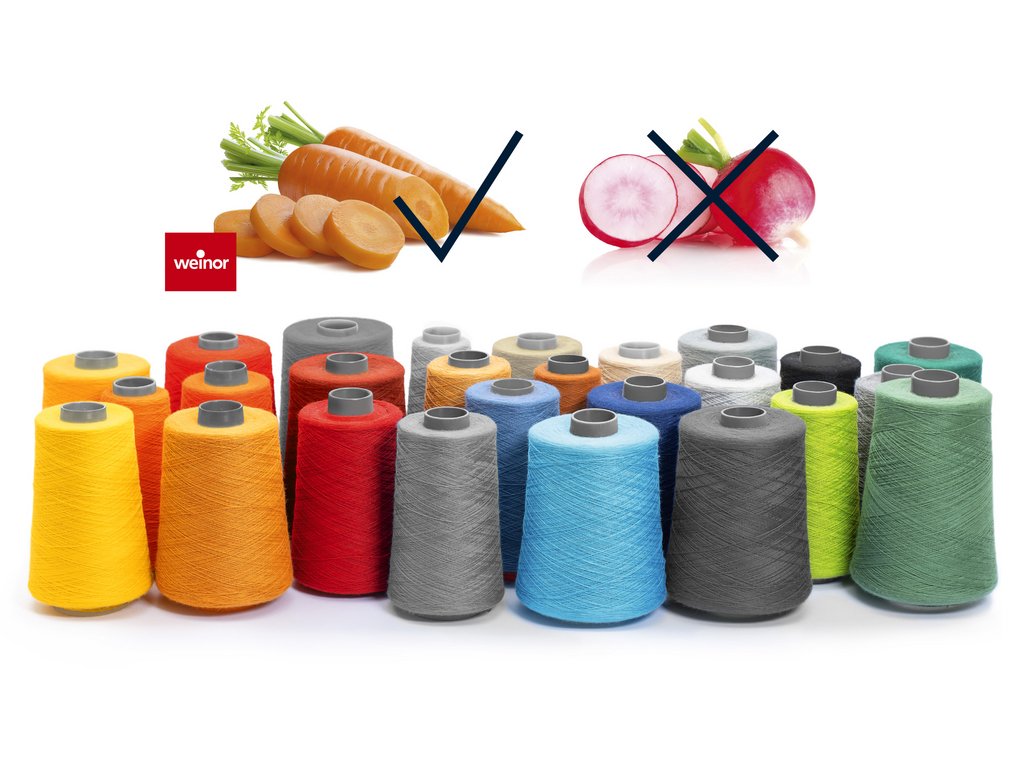
In order to provide users the best possible security when enjoying the patio, the ‘my collections 2’ fabrics are certified according to OEKO-TEX Standard 100 and guarantee the best possible sun protection with UV radiation shielding of at least 93.3 percent.
Spinneret dyeing technology – the most time-consuming and best quality means of dyeing – applied by weinor promises long-term enjoyment of beautiful fabrics. In a special spinneret dyeing process, the colour pigments are already transferred to the fibres during fibre production, still before they are spun as yarn. Therefore, the dye is excellently embedded and the fabric retains its long-lasting, brilliant colour. Another advantage: spinneret dyeing is much more environmentally friendly than traditional dyeing processes. Up to 90 percent less water is used than for other dyeing processes.
Don’t give dirt a chance
For a long operating life, all weinor fabrics have a high-quality finish, which lets impurities roll off in the long-term. But, even if stains are incurred on the awning fabric, help is available.
Simply vacuum pollen and other loose dirt off the awning fabric with the vacuum cleaner’s upholstery brush or lift it off cautiously with adhesive tape.
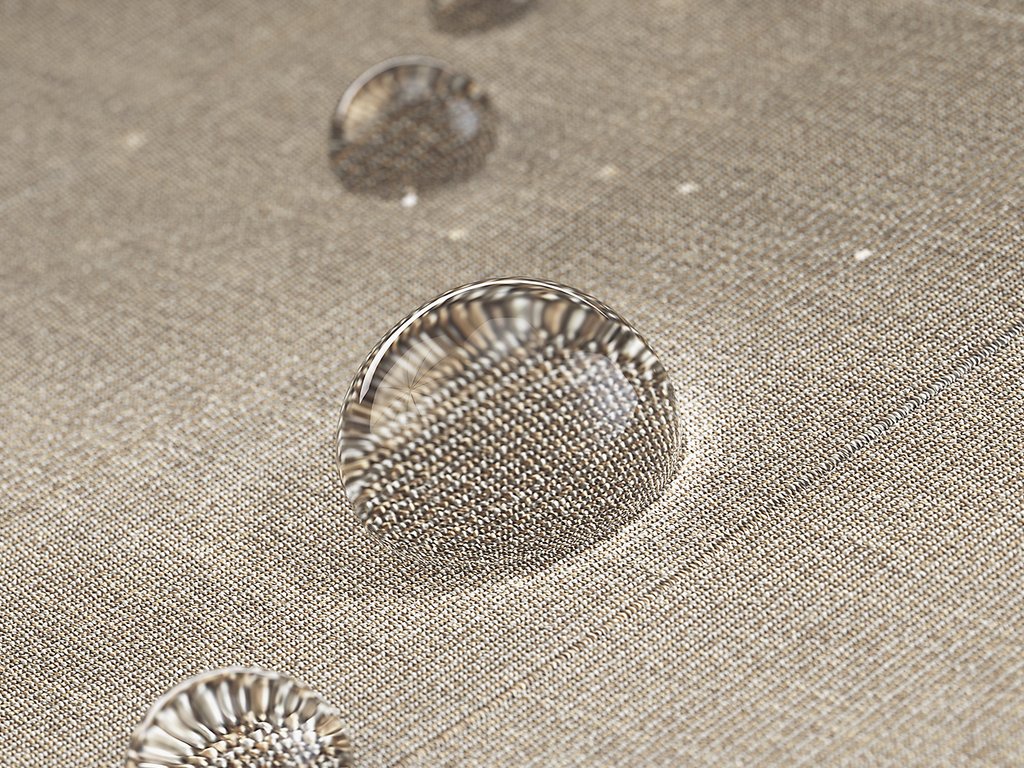
Simply let the foam work
General soiling or light stains can be removed by applying a five to ten percent solution of mild detergent and lukewarm water. The water temperature should not exceed 40 degrees Celsius. And, for the sake of the environment, please only use a biodegradable product.
To foam up the cleaning solution, simply steep the sponge into the cleaning solution several times and squeeze it out. Spread the foam on the dirty area and leave it to take effect for 15 to 20 minutes. Then, rinse it out with ample fresh water. Repeat this procedure until the dirt or slight stains are removed.
But beware: vigorous rubbing with hard brushes or sponges may roughen or damage the awning fabric.
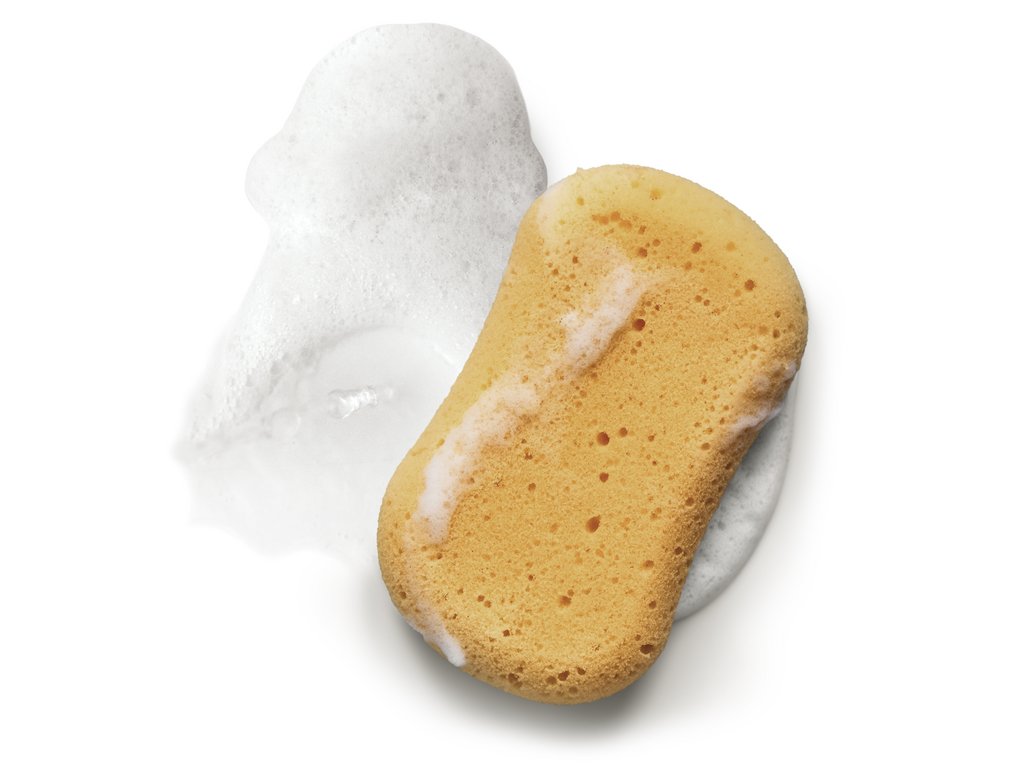
What can I do in case of persistent deposits?
Sometimes, it’s good to be fast. Greenish discolouration on the awning fabric should be removed as fast as possible. The longer green algae or moss deposits remain on a fabric, the greater the danger that mould arises, because green algae and moss are a downright ideal breeding ground for micro-organisms. If you wait too long here, you risk not being able to remove fouling or mould growth any longer in-full.
A bird flies by
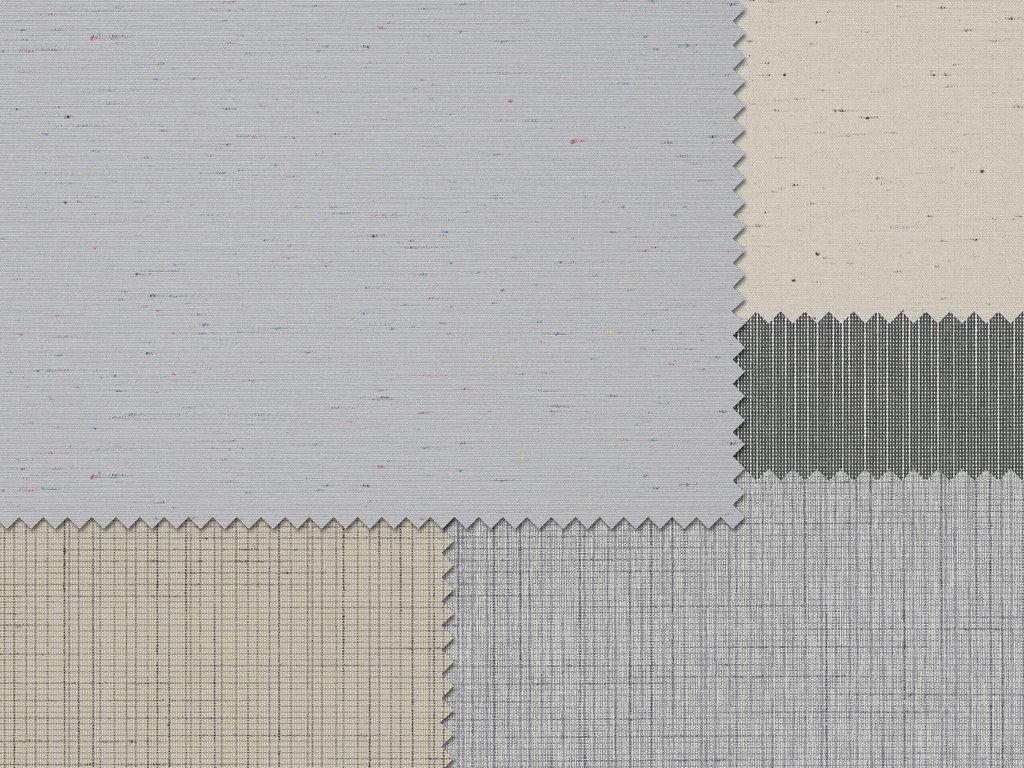
We love our feathered friends, but their legacies less. Therefore, the rule of thumb for fabrics is: the more lively, the less sensitive. We have developed extra lively patterns with a dark surface for locations close to busy roads or with several trees in the vicinity where soiling is seen less. Here, residue from leaves, pollen, soot and bird droppings cannot be seen so easily on them and the awning remains attractive longer.
Bird droppings are particularly aggressive because they cause burns and discolouration in conjunction with UV radiation fast. However, rubbing or scratching the stains off should be avoided if possible in order to hinder damages to the surface. As long as the impurity is fresh, you can remove it with a damp cloth and treat it again with a mild cleaning solution. Older soiling is best soaked with warm water, then removed with a soft cloth and processed with mild soapy water. Liquids which roll off the fabric can be dabbed off using a dry, absorbent cloth.
Don’t forget: aftertreatment
Aftertreatment with plenty of fresh water is always absolutely necessary in order to remove all the constituents of the cleaning agents. The better the subsequent cleaning and therefore the removal of the cleaning agent used, the less the water-repellent properties of an awning fabric are influenced.
Creases demonstrate character - also for awning fabric
Honeycombing, creasing or other folds cannot even be fully excluded for the best of fabrics. However, you cannot influence the quality. What should be heeded in all cases: the awning fabric must not remain wet over a longer period. Therefore, the awning should only be rolled up when wet in exceptional cases. If it cannot be avoided on an occasion, the fabric should be dried when extended at the next opportunity.
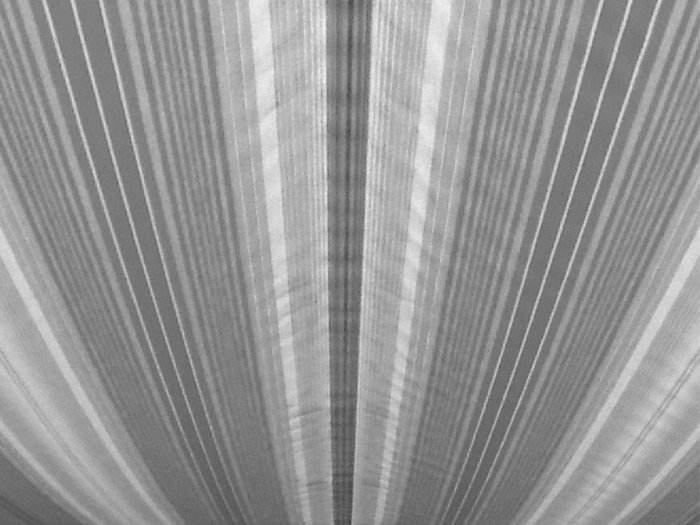
Stains should never be brushed out when dry, otherwise the danger exists that the dirt in the fibre and filament gaps are rubbed in. Actually it is self-evident: In order to avert damages to seams and material, pressure washers may not be used for cleaning.
If you heed these tips, you will have lasting pleasure with your awning fabric.
Further information is available here.

